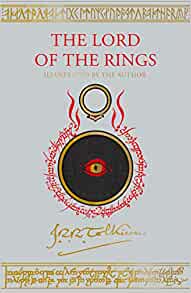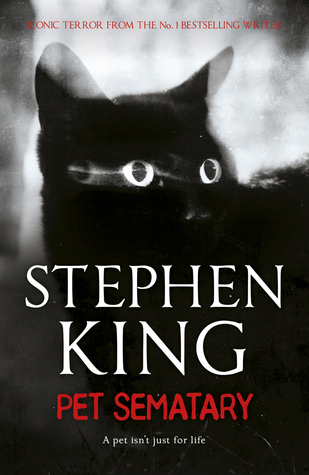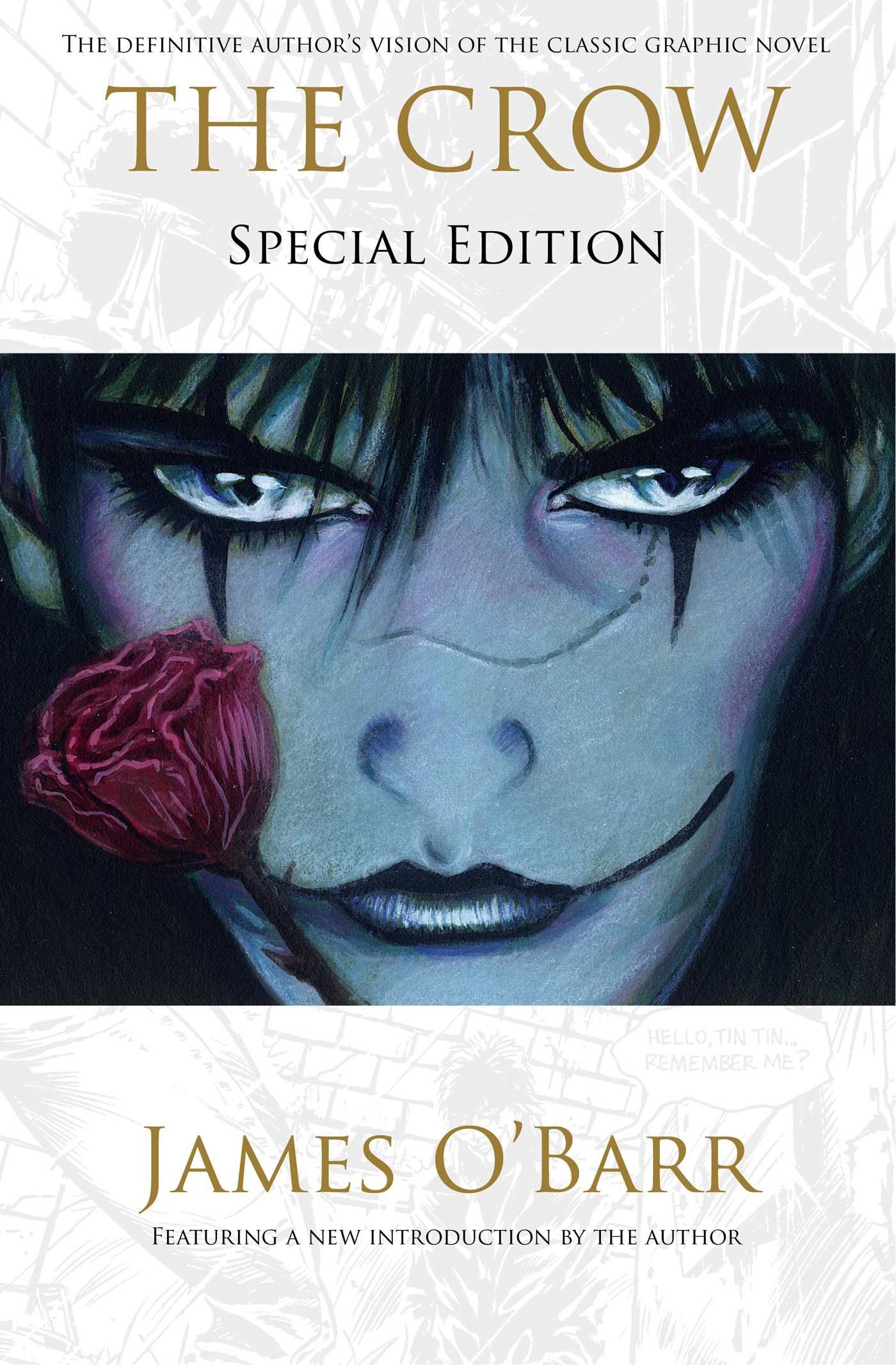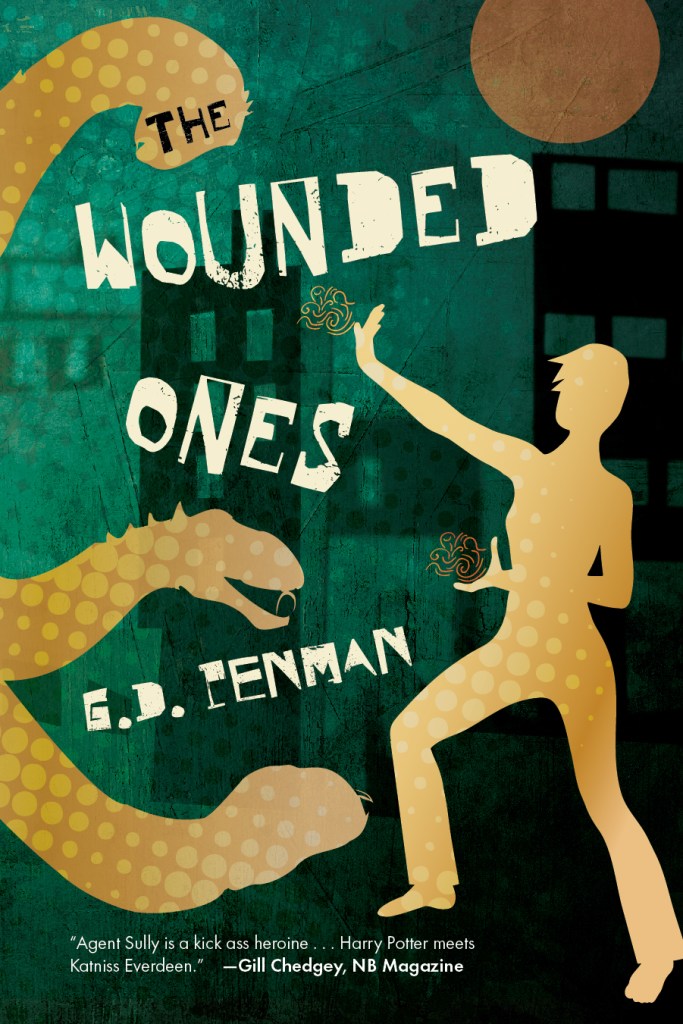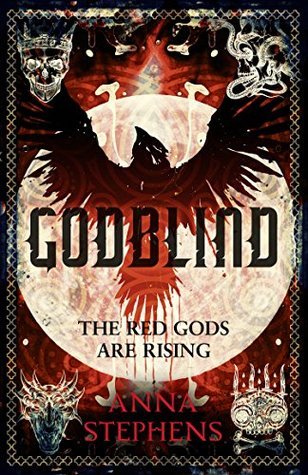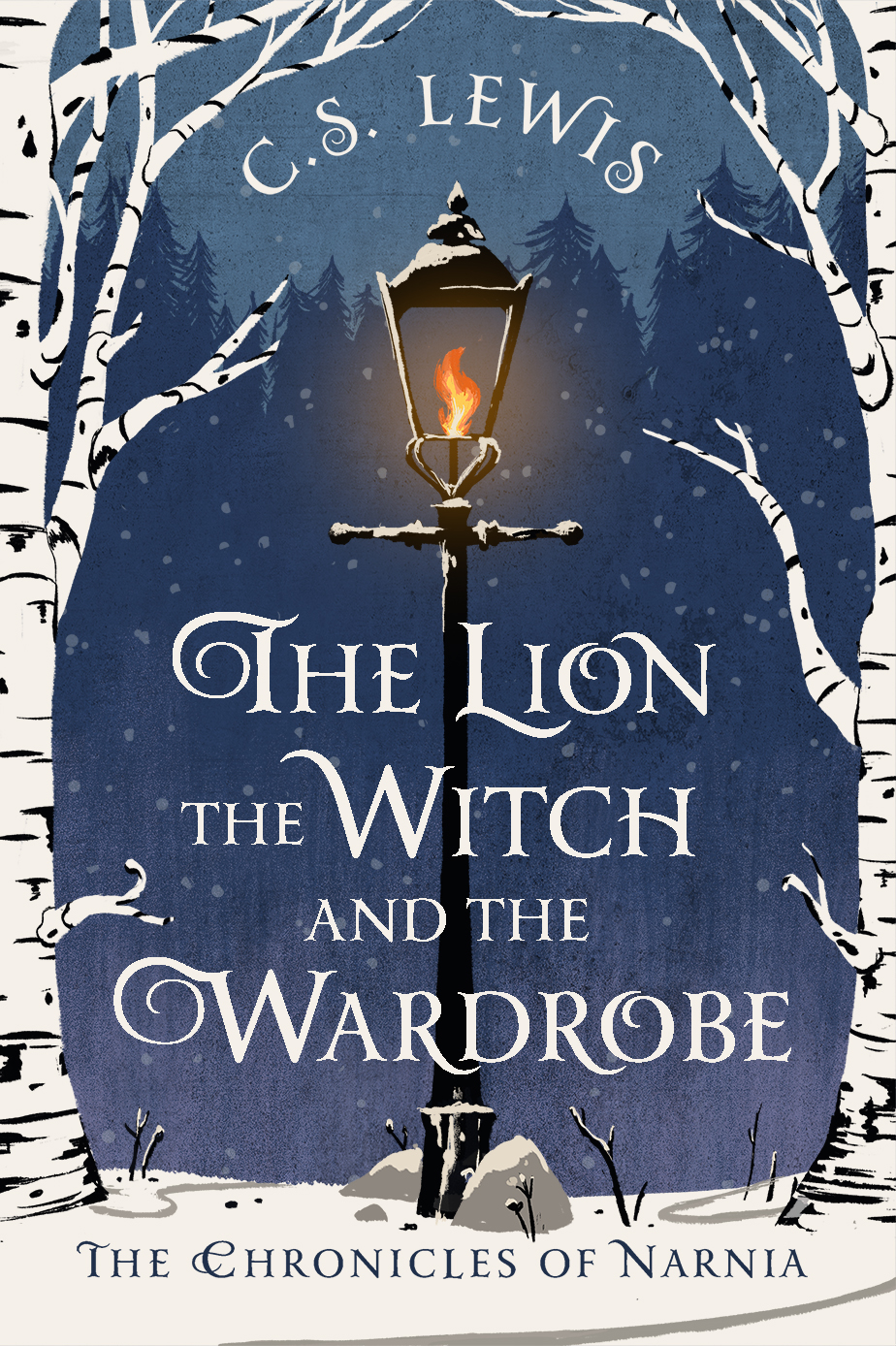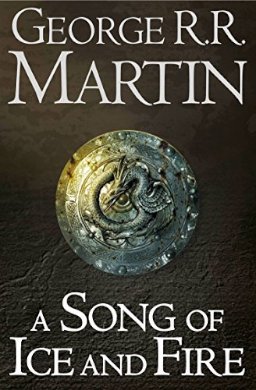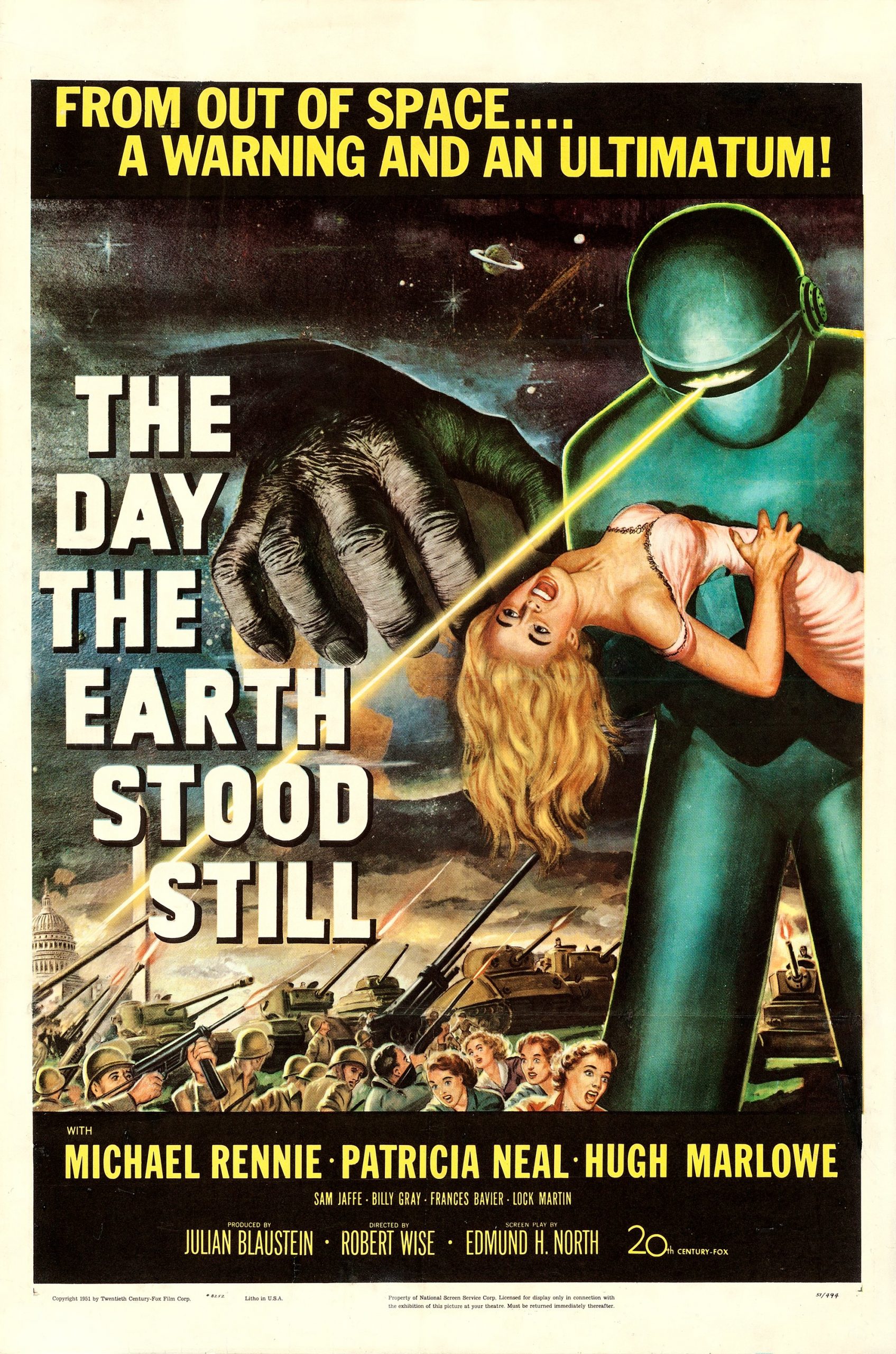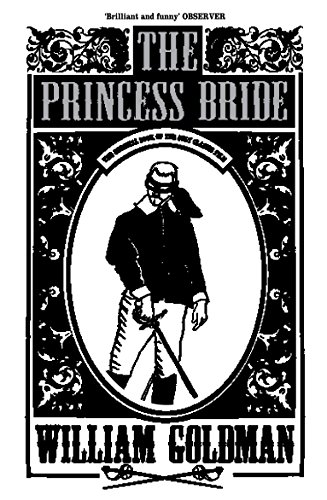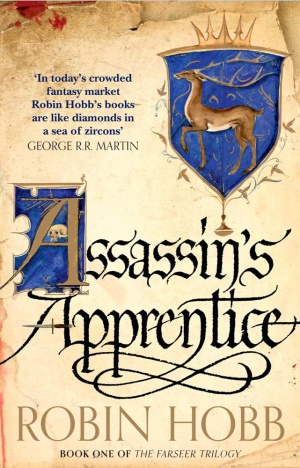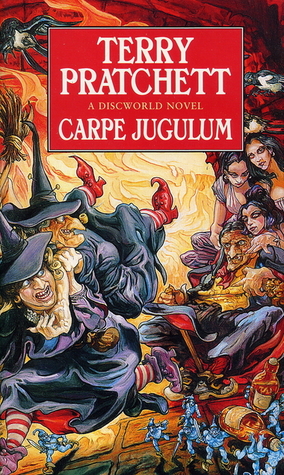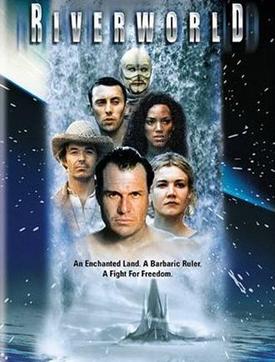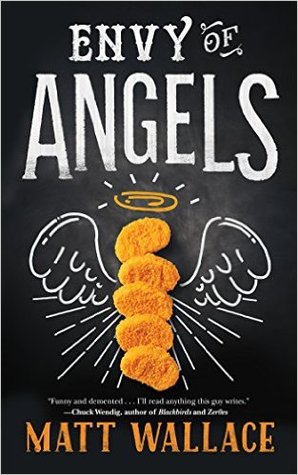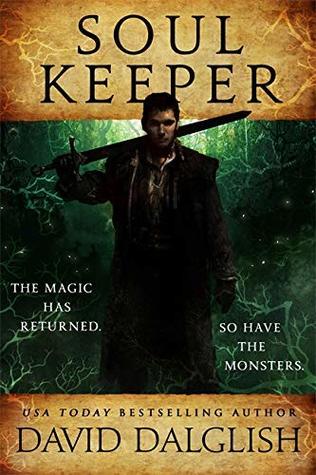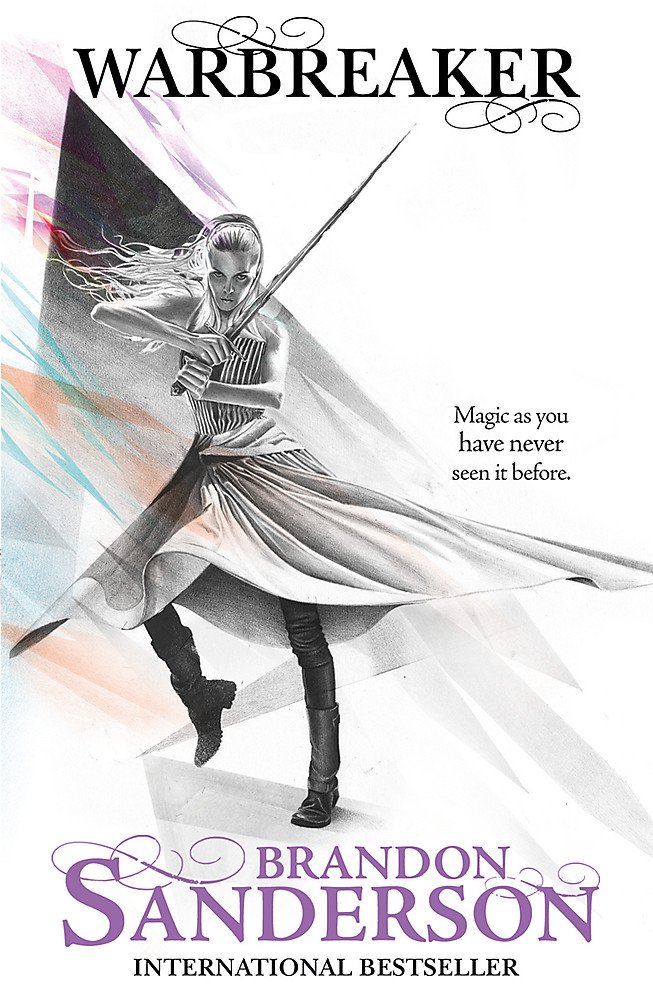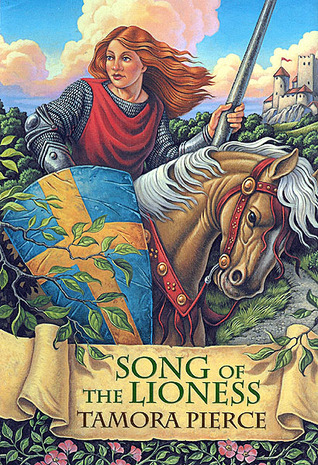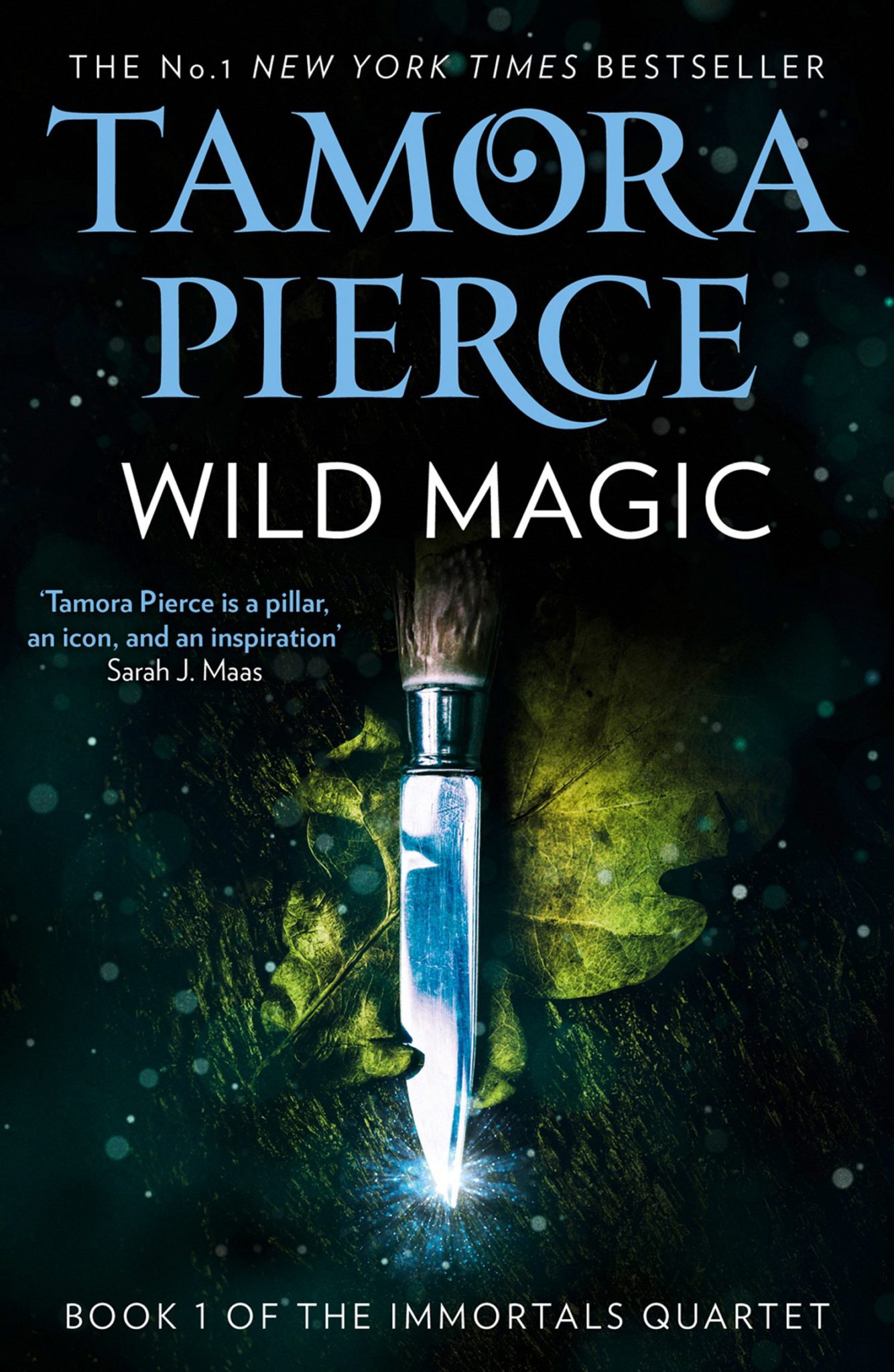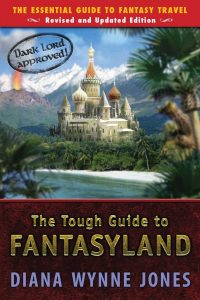Tough Travelling: Resurrection
 Welcome intrepid adventurers to Tough Travelling with the Tough Guide to Fantasyland!
Welcome intrepid adventurers to Tough Travelling with the Tough Guide to Fantasyland!
That’s right, we’ve dusted it down and brought back this feature (created by Nathan of Fantasy Review Barn, revived by our friends over on Fantasy Faction, then dragged kicking and screaming to the Hive).
It is a monthly feature in which we rack our brains for popular (and not so popular) examples of fantasy tropes.
Tough Travelling is inspired by the informative and hilarious Tough Guide to Fantasyland by Diana Wynne Jones. Fellow bloggers are absolutely welcome to join in – just make your own list, publish it on your site, and then comment with the link on this article!
This month, we’re stepping away from the Tough Guide and celebrating Easter by recalling our favourite resurrections in SFF! Plenty of authors have taken inspiration from the story of Jesus, so let’s rediscover some of our favourites.
Spoiler Warning
We did debate about whether this topic would be too spoilery, but in the end we decided it would be too fun to miss (and it’s hard to say no to Gray)
This post contains spoilers for: Lord of the Rings, Pet Semetary by Stephen King, The Crow, The Witch of Empire trilogy by G D Penman, The Godblind trilogy by Anna Stephens, Narnia, Game of Thrones, The Monkey’s Paw by J W Jacobs, The Day the Earth Stood Still, The Princess Bride, The Farseer Trilogy by Robin Hobb, the Sin Du Jour series by Matt Wallace, Riverworld by Philip Jose Farmer, The Keepers Series by David Dalglish, Warbreaker by Brandon Sanderson, and the Song of the Lioness, the Immortals Quartet, and the Circle books by Tamora Pierce.
A big thank you to Nils, Beth, Theo, Gray, and Asha for their recommendations…
Nils:
To no one’s surprise I have to begin talking about resurrections by mentioning GANDALF!! During The Fellowship of the Ring by Tolkien, much to Gandalf’s dismay the company enters the Mines of Moria, where through a little mishap by our poor unfortunate Pippin they all face a battle with orcs. Yet something more malevolent awakens and Gandalf alone faces the Balrog of Morgoth… and falls. Trust me I was devastated when I first read this, my jaw literally dropped! However, in the sequel The Two Towers we discover that Gandalf the Grey has been resurrected as Gandalf the White, at least until the task of saving Middle Earth is done—he basically becomes what Saruman should have been, the wise wizard powerful enough to face the forces of Mordor.
(Theo: Btw – I was finally motivated to read Lord of the Rings after several false starts because I was playing the Avalon Hill counter and card game “War of the Ring” and didn’t understand why there were two Gandalf character cards! As a further side note the main gaming strategy was to sacrifice Gandalf the Grey in a suicide mission as early as possible so you could bring Gandalf the White into play)
From epic fantasy to horror, I also found Church, the cat from Pet Semetary by Stephen King, an iconic resurrection which I’ll never quite forget. As the Creed family move to the small town of Ludlow they face one tragedy after another. Firstly their cat Church is killed in an accident, and when the father Louis Creed buries him in a Pet Semetary not far from their home, little does he know the power within that land, nor that the cat would return with something very wrong with it. This has to be one of King’s most creepy novels with some truly shocking scenes.
In The Crow graphic novel by James O’Barr, Eric and his fiancé Shelley are attacked by gang members when their car breaks down by the roadside. Eric is shot in the head and lays paralysed as he watches his fiancé get brutally murdered, later on he also dies in hospital. A year after Eric’s death a supernatural crow resurrects him and guides him on his path of vengeance. Eric is the only one who can see and even speak with the crow, and together they relentlessly track down each and every gang member who caused his and Shelly’s deaths. This is a dark, tragic and violent graphic novel, it is filled with raw anger and grief. Knowing that the author wrote this as an outlet for his own grief at losing his fiancé in a car accident, makes this even more emotionally impactful.
Beth:
Nils covered possibly the most famous resurrection in fantasy, Gandalf. But Tolkien rather liked a resurrection or two! Frodo apparently dies from Shelob’s attack, and all seems lost; but as we learn from the orcs, he is not, in fact, dead. Peter Jackson added another resurrection to his adaptations, that of Aragorn when he falls off the cliff following the warg attack – but of course he turns up at Helm’s Deep just in time (with Nils’ favourite door-opening scene).
(Nils: I have watched that scene many times!)
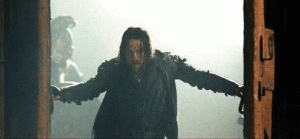
My next is going to be a huge spoiler if you haven’t read G D Penman’s Witch of Empire series but, as we said at the start, SPOILERS ABOUND.
The end of their second book, The Wounded Ones, is literally explosive, apparently obliterating our protagonist Sully as she finally performs the spell Dante’s Inferno, believed to be an impossible spell due to its power consumption. Sully isn’t your Average Witch though and is brought kicking and screaming back to her mother’s swamp, devoid of her memories. It’s a heart-breaking finale. I’m not over it, even after having read the sequel The Last Days of Hong Kong *glares at Gray*
My final entry is from Anna Stephen’s Godblind series (because of course). Again, it’s a pretty heart-breaking one when we are led to believe that everyone’s favourite trickster god is sacrificed. I cried buckets reading that epilogue though, and discovering that he’s somehow survived! Maybe this is slightly less of a true coming-back-to-life moment and more of a final trick played on us the readers, but I’m still counting it.
Theo:
It seems kind of appropriate to be penning this on Easter Sunday (in between tweeting about faux Christian political hypocrites! Mentioning no names, Rees-Mogg). But also very appropriate to mention Aslan from The Lion The Witch and The Wardrobe whose ritual sacrifice on the stone table and subsequent discovery as resurrected by two tearful women is such an obvious Christian allegory, without even mentioning the fact that Aslan was saved because he was a willing victim without sin. I mean it’s so obvious that I never spotted it until I was told years after first reading the book. I just thought it was a great story.
(Beth: same here Theo, apparently there are many Christian allegories in the series as a whole and they all passed me by as a child!)
Nils has mentioned Stephen King’s Pet Semetary, as one of the scariest resurrection themed stories. Khal Drogo from G R R Martin’s Game of Thrones is another example of “be careful what you wish for” when wanting your dead loved ones back. A zombified corpse may be the best you can get. Of course GRRM did have some other more successful resurrections – that knight Beric Dondarian who came back multiple times. In a similar vein you might mention the Green Knight, Sir Gawain’s bête noir (or perhaps bête vert) who seemed to survive losing his head far better than most! Other scary resurrections include poor Herbert in J.W. Jacob’s short story The Monkey’s Paw where three wishes prove to be very cursed!
Oh one other example, the alien from The Day the Earth Stood Still: in both film versions has a non-permanent brush with death. In the original film there are again Christian references to that resurrection, I’m not so sure about the Keanu Reeves version.
Gray:
First off, Beth; I’m not sorry. Not even a little bit.
(Beth: RUDE)
The finest resurrection in all of fiction was of course accomplished by Miracle Max, in The Princess Bride, though I suppose that you could argue that when he brought the heroic protagonist back, it was not actually from death, but only from the brink of it. Since he was only mostly dead. There’s a big difference between all dead and mostly dead. Mostly dead is slightly alive. All dead, well there’s only one thing you can do… Go through his pockets and look for loose change.
A more heart-breaking version is to be found in the second book of the Farseer Trilogy by Robin Hobb, when our heroic protagonist is tortured to death by his wicked uncle Regal, only to be brought back by storing his mind/soul inside his trusty wolf. While he was physically restored, it is safe to say that emotionally he wasn’t quite spiffy.
If you want to look a little further afield, in the major superhero comic book franchises death is essentially a revolving door, assuming someone had attached a fairly powerful motor to the top of the door to keep it spinning so fast that the body doesn’t normally have time to cool before they’re back in it again.
There’s also a neat example of the darker side of resurrection in the Sin Du Jour series by Matt Wallace where the boss of the titular catering service is murdered and brought back to life repeatedly as a means of disciplining him. Which is just as lovely as it sounds.
Riverworld by Philip Jose Farmer may feature resurrection on the grandest scale, with 36,006,009,637 individuals from throughout earth’s history brought back to life on a new planet, memories intact, and are brought back repeatedly through the series should they somehow manage to get themselves killed again.
And in my obligatory Discworld reference, all it takes to bring a vampire back from the dead is a drop of blood landing in their ashes, so many of them have taken to wearing a fragile vial of the stuff around their necks on a string, just in case of unexpected sunlight, stakes to the heart, various vegetables being shoved in their mouths etc.
Asha:
The first series that comes to mind when you say ‘resurrection’ to me is the Keepers Series by David Dalglish. This is wildly spoilery for the whole trilogy, so skip to my next paragraph if you haven’t yet read them! Throughout the series we see principled priestess Adria gain god-like powers and watch in horror as her attempts to do the lesser evil push her down a dark, dark path. One of the powers Adria gains is the ability to pull souls out of the ether and put them into human vessels; this takes a somewhat shocking turn when she decides to resurrect her brother Devin’s late wife as a lovely gift – without asking him if he’d actually want that (or indeed, asking Brittany if she wanted to come back to life!). It raises very interesting issues of consent and playing god, but it also creates wonderfully human conflict.
In Warbreaker by Brandon Sanderson there’s an interesting concept of resurrection where the gods themselves are the Returned, ordinary people mysteriously brought back from the dead and worshipped as deities. They need to consume what’s essentially life-essence to survive, so they’re almost vampiric. Then there’s also the Lifeless, who are more like regular zombies without the people-eating. So you know, in this world you have options for your resurrection!
Also, keeping my streak at 0 Tough Travels Without A Tamora Pierce Incident, there are several resurrections throughout her works worth mentioning: in the Song of the Lioness there’s the evil Duke Roger, vanquished once and brought back worse; the Immortals Quartet is full of resurrections, from Daine’s incredible power to resurrect dinosaurs from museum bones to ever-regenerating gods; and hopping out of Tortall into the Circle books, we get a scene that completely scarred me emotionally when Briar, ex-bad boy, ex-thief and now-plant mage, chases into the realm of Death itself to rescue his mentor Rosethorn after she dies.
Next month we’ll be taking part in the annual Wyrd and Wonder feature!
We would love to hear from follow bloggers! If you would like to join in with our Tough Travelling, please tag us in your posts!

